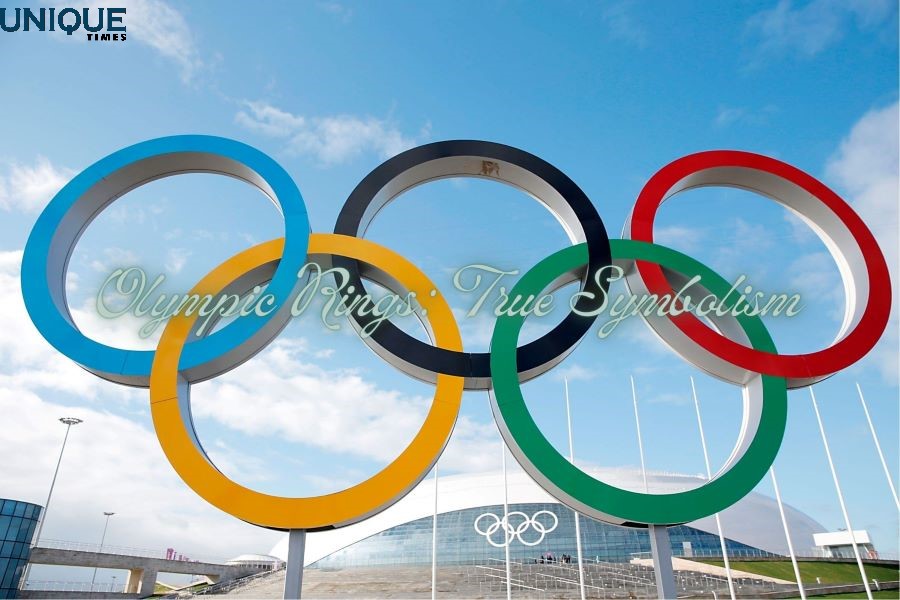The Olympic Rings and the Colors of Unity

The Olympic Games, a celebration of athleticism and international unity, are one of the most anticipated events in the world. The five iconic Olympic rings, which represent the coming together of nations, have become a symbol recognized worldwide. These rings are composed of five interlocking circles in different colors: blue, yellow, black, green, and red. However, there is a common misconception that these colors were chosen because they appear in every flag in the world. In this blog post, we’ll explore the true symbolism behind the Olympic rings and debunk this popular myth.
The Origins of the Olympic Rings
The Olympic rings were designed by Pierre de Coubertin, the founder of the modern Olympic Games, in 1913. De Coubertin was inspired by the idea of promoting international unity through sports and wanted a symbol that could represent the coming together of athletes from all corners of the globe. To achieve this, he chose a design featuring five interconnected rings, each with a distinct color.
The True Symbolism of the Colors
Contrary to the belief that these colors were selected because they appear in every national flag, the colors of the Olympic rings were chosen to represent the continents of the world, symbolizing the global reach of the Games. Here’s the breakdown of the symbolism:
- Blue: This color represents Europe, the continent where the modern Olympic Games were reborn. The blue ring signifies the importance of European participation and contribution to the Olympic movement.
- Yellow: Yellow represents Asia, emphasizing the significant role of Asian nations in the Olympic Games. It acknowledges the rich history and cultural diversity of the continent.
- Black: Black is a symbol of Africa, acknowledging the continent’s unique contributions to sports and the global community. It’s a tribute to the athletes and cultures of Africa.
- Green: This color represents Oceania, which includes nations in the Pacific Ocean region. Green is a nod to the lush landscapes and natural beauty found in this part of the world.
- Red: Lastly, red symbolizes the Americas, representing both North and South America. It recognizes the powerful athletic traditions of these continents and their impact on the Olympic Games.
Debunking the Myth
The idea that the Olympic rings were designed with colors found in every national flag is a widespread misconception. In reality, many flags do not incorporate all five of these colors, and some may not include any of them. The true symbolism of the rings lies in their representation of the world’s continents and the unity that sports can foster among diverse nations.
In conclusion, while the Olympic rings are a powerful symbol of international unity, their colors were not chosen because they appear in every flag. Instead, they were carefully selected to represent the continents of the world and the global nature of the Olympic Games. Understanding the true symbolism behind these rings adds depth to the meaning of this iconic Olympic emblem, reminding us of the importance of unity and sportsmanship on a global scale.
Picture Courtesy: Google/images are subject to copyright








